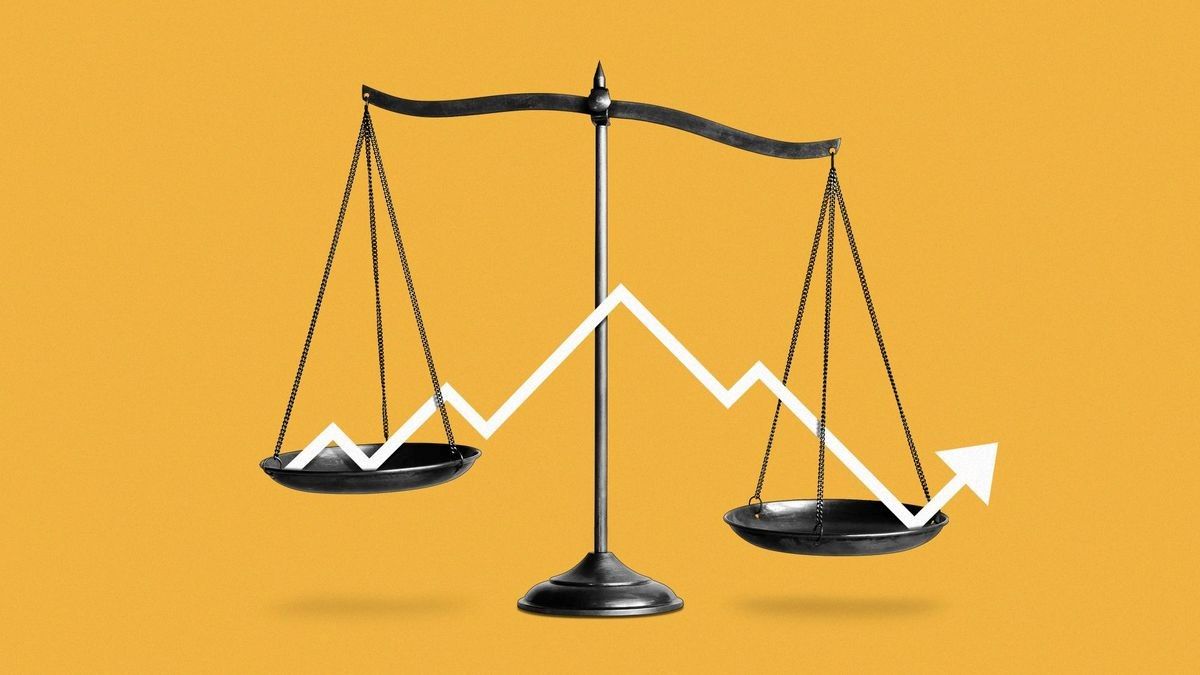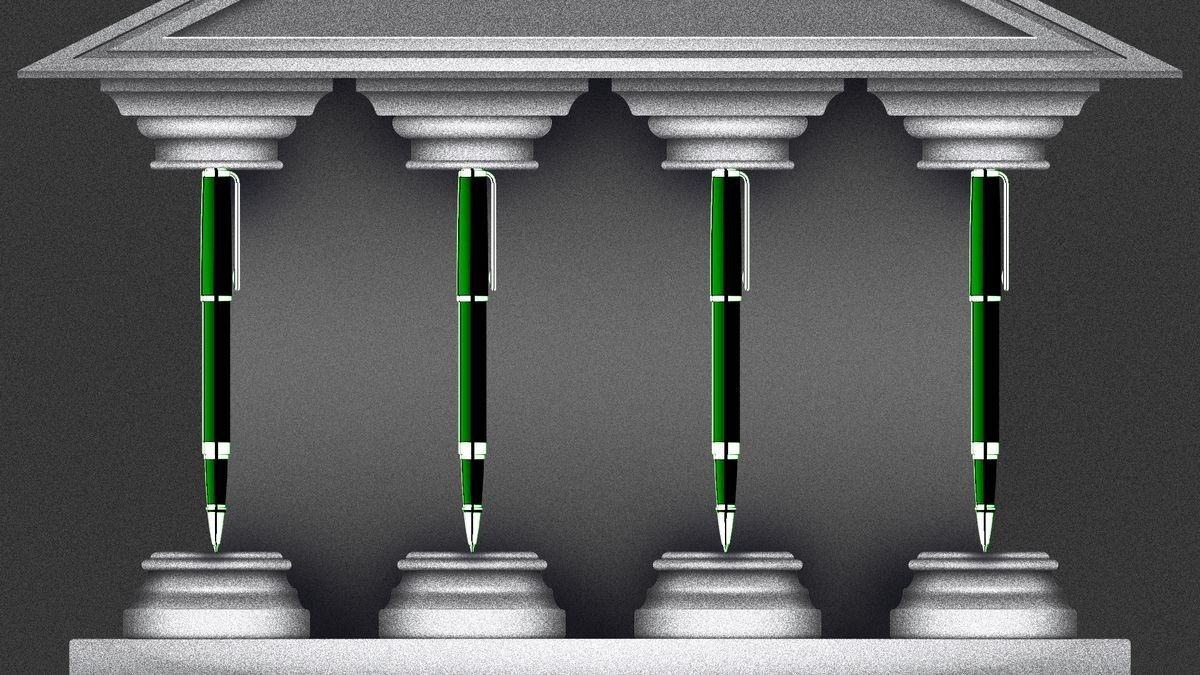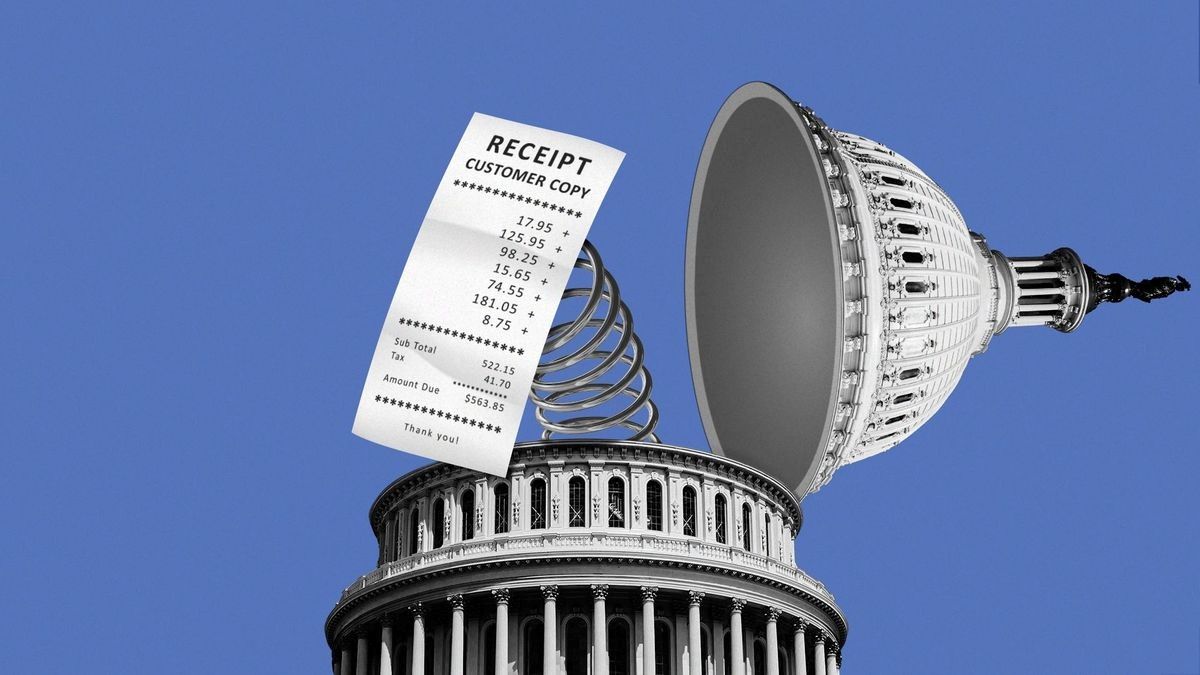eNews
Chapter 7 bankruptcy: Essentials for creditors

When most people think of a business filing bankruptcy, what they’re often picturing is a Chapter 7. This chapter of the U.S. Bankruptcy Code provides for liquidation, in other words, the sale or monetization of the debtor’s property and the distribution of any available net proceeds to creditors.
For businesses, Chapter 7 essentially means game over: a Chapter 7 trustee is appointed to take control of the debtor’s assets, and will then sell any tangible assets like inventory or real estate and pursue recoveries on account of intangible assets, such as preference claims and other causes of action against insiders and third parties.
Why it matters: For credit professionals, understanding the Chapter 7 process and responding appropriately is critical. From filing a timely proof of claim to preserving key documentation, the creditor’s response can directly impact both risk exposure and potential recovery.
As noted above, for a business filing Chapter 7, the goal is to liquidate the company’s assets and make distributions to creditors, if possible. For an individual debtor, the goal is to obtain a discharge—a court order that permanently releases the debtor from personal liability for most debts. However, some debts may be subject to an exception from discharge, meaning the debtor is still liable for them. In some cases, the debtor may even face a denial of discharge if they engage in misconduct.
“If the debtor does something to the creditors, estate or court; destroys records; falsifies documents or doesn’t disclose assets, those might justify the court denying a discharge altogether,” said Robert Bernstein, Esq. managing partner of Bernstein Law Firm, P.C, during the learning module, Bankruptcy—Navigating the Chapters, of NACM’s Credit Learning Center (CLC). “If you are a creditor, and believe you have been wronged, it’s important to act quickly. Deadlines for bringing such actions are typically very short—often 60 to 90 days from the date the Section 341 (a) meeting of creditors is first scheduled.”
Step 1: Verify the Bankruptcy Filing
Before taking any action, credit professionals should verify whether the bankruptcy filing is real or simply a rumor. Acting on inaccurate information can lead to serious legal consequences, especially if collection efforts continue after a bankruptcy has been filed. To confirm the filing, credit professionals can use electronic services such as PACER (Public Access to Court Electronic Records) to access official court data.
Keeping a well-organized bankruptcy checklist can help ensure that all relevant facts are accurately gathered and that necessary documents are readily available. This organization is crucial for managing deadlines and responding appropriately throughout the case. Important items to include are:
- Amount outstanding
- Case number
- Where filed and date filed
- Submitted by
- Branch
- Account name and number
- Bankruptcy letter and envelope
- Date and amount of last payment
- Date and amount of last shipment
- Statement of account
- Account notes
- Copies of invoices
- Copies of proof of deliveries
- Name and email of company president
- Name and email of controller
- Fax number and mailing address for corporate office
Step 2: Understand the Automatic Stay
Once a Chapter 7 bankruptcy is filed, an automatic stay goes into effect, halting substantially all collection activity. The automatic stay precludes efforts to collect debts, file lawsuits or enforce judgments against the debtor—and it goes into effect automatically, immediately when the debtor files the bankruptcy petition, regardless of whether the creditor is even aware of the bankruptcy filing. Creditors must respect the stay unless they seek and are granted relief from it by the court.
Any action taken in violation of the stay is considered void, and any willful violation of the stay can result in penalties and sanctions against the offending creditor. The automatic stay gives breathing room while the trustee assesses the financial situation and determines how to proceed with the liquidation, assertion of claims against third parties and reconciliation of claims against the debtor.
Step 3: Identify the Claims
The next step for a credit professional is to clearly identify the claims their company holds against the debtor. This includes determining the total amount owed and whether any portion of the debt qualifies as a priority claim. At the same time, a credit professional must also ask: does our company owe the debtor anything?
In cases where mutual debts exist, the right to offset what is owed can be valuable. This concept, known as setoff, allows creditors to apply mutual debts against each other rather than making or receiving payments independently. It’s important to assess these obligations early and include them in your proof of claim or seek relief from the stay to preserve your rights.
Step 4: File a Proof of Claim
To participate in any distribution from the bankruptcy estate, a creditor generally must file a proof of claim. A proof of claim is a written form that notifies the court, trustee and other parties that a debt is owed. Supporting documentation should be included—but be mindful that once filed, a proof of claim and its attachments are publicly available on the claims register in the case. In light of that, creditors should be careful not to include confidential information in their proofs of claim or any documents included with the proof of claim.
“Creditors should be prepared to file a proof of claim to assert their rights against the debtor,” said Michael Papandrea, from Lowenstein Sandler LLP (Roseland, NJ). “Creditors should also be aware of whether the debtor may assert a claim against them.That could happen, for example, if there was a prior dispute between the debtor and creditor that could give rise to a cause of action being asserted by the bankruptcy estate, or if the creditor owed the debtor money for any reason—and of course, if the creditor received payments during the 90 days before the bankruptcy filing, that may give rise to preference claims against the creditor.”
Depending on how successful the liquidation is and the availability of assets, the trustee may reconcile the claims filed against the estate and potentially make distributions to creditors. “While creditor involvement in Chapter 7 is typically less active than in Chapter 11, where there may be a more controlled liquidation process, a reorganization or a going-concern sale, creditors still need to be proactive when their customer files Chapter 7,” said Papandrea. “Gather invoices, statements of account and any other documentation that supports your claim. Review any contracts with the debtor but be aware that these will likely be rejected, as ongoing contracts likely aren’t needed in a Chapter 7 liquidation. Additionally, take a close look at any payments your company received in the 90 days before the bankruptcy filing; those could be pursued as preferences. Finally, stay mindful of the bar date for filing proofs of claim, you don’t want to miss that deadline.”
If the debtor’s schedules show no assets, or if secured debts vastly exceed assets, the case may be designated as a no-asset case. If that happens, the clerk may send a notice indicating that creditors need not file a claim unless otherwise notified. However, in the absence of a notice, missing the applicable bar date could eliminate your right to recover anything.
Step 5: Assess Priority Claims, and Preference Risks
Some claims may be entitled to administrative expense or other priority treatment. For example, under Section 503(b)(9) of the Bankruptcy Code, claims on account of goods sold to and received by the debtor in the 20 days before the bankruptcy filing are entitled to administrative expense priority. But simply filing a proof of claim may not be sufficient to assert that priority; typically, a creditor must file a motion for allowance of its 503(b)(9) claim.
“Ideally, a creditor wouldn’t have a 503(b)(9) claim in a Chapter 7 case, because they likely would have avoided shipping goods to a debtor that close to an immediate liquidation process—but it happens,” Papandrea said. “Even where a creditor has shipped goods during the 20 days before the filing, economic and practical considerations—such as the size of the claim and the available estate assets to provide a recovery on account of the claim—may guide whether the creditor decides to file a motion for allowance of its priority claim.”
Another major risk for creditors is the potential for preference claims. Chapter 7 trustees often pursue these claims aggressively, as they may be the only meaningful way to fund the case and any distributions. “In Chapter 11 cases, preference claims may sometimes be waived or otherwise released—whether by a preference waiver in a critical vendor agreement, or as a result of the creditor’s contract being assumed by the debtor, or in connection with a 363 sale or Chapter 11 plan where a creditors’ committee has negotiated for a broad release of preference claims,” Papandrea said. “But in Chapter 7, there’s usually no mechanism to release them, so creditors are more likely to get preference demands.”
Step 6: Understand Setoff and Recoupment Rights
When both the debtor and the creditor owe each other money, setoff and recoupment can become powerful tools. Setoff involves mutual debts that arose before the bankruptcy was filed. Recoupment, on the other hand, allows for adjustment of obligations arising from the same transaction.
“If you have offsetting obligations, where the debtor owes you, and you owe the debtor, you may have setoff or recoupment rights,” said Bruce Nathan, Esq., partner at Lowenstein Sandler LLP (New York, NY). “But you must assert them in your claim or seek relief from the stay. If you don’t, you could lose that right and still be sued by the trustee.”
The Bankruptcy Code codifies and governs setoff under Section 553. However, it is silent on recoupment, which has led to distinctions that can become significant in court proceedings. Most importantly, setoff can only be used if both claims are on the same side of the bankruptcy timeline, either both prepetition or both post-petition. Recoupment is not so limited.
Step 7: Monitor Case Developments
Finally, it’s important to actively monitor the bankruptcy case as it progresses. Most executory contracts will be rejected, and trustees may continue to pursue preference claims. PACER remains the most effective tool for tracking developments such as filings, updates to the asset schedule, or motions affecting creditor rights.
The bottom line: While a Chapter 7 bankruptcy may signal the end for the debtor, it marks the beginning of a critical and time-sensitive process for creditors. Acting quickly and strategically can mean the difference between recovering something or walking away with nothing.





